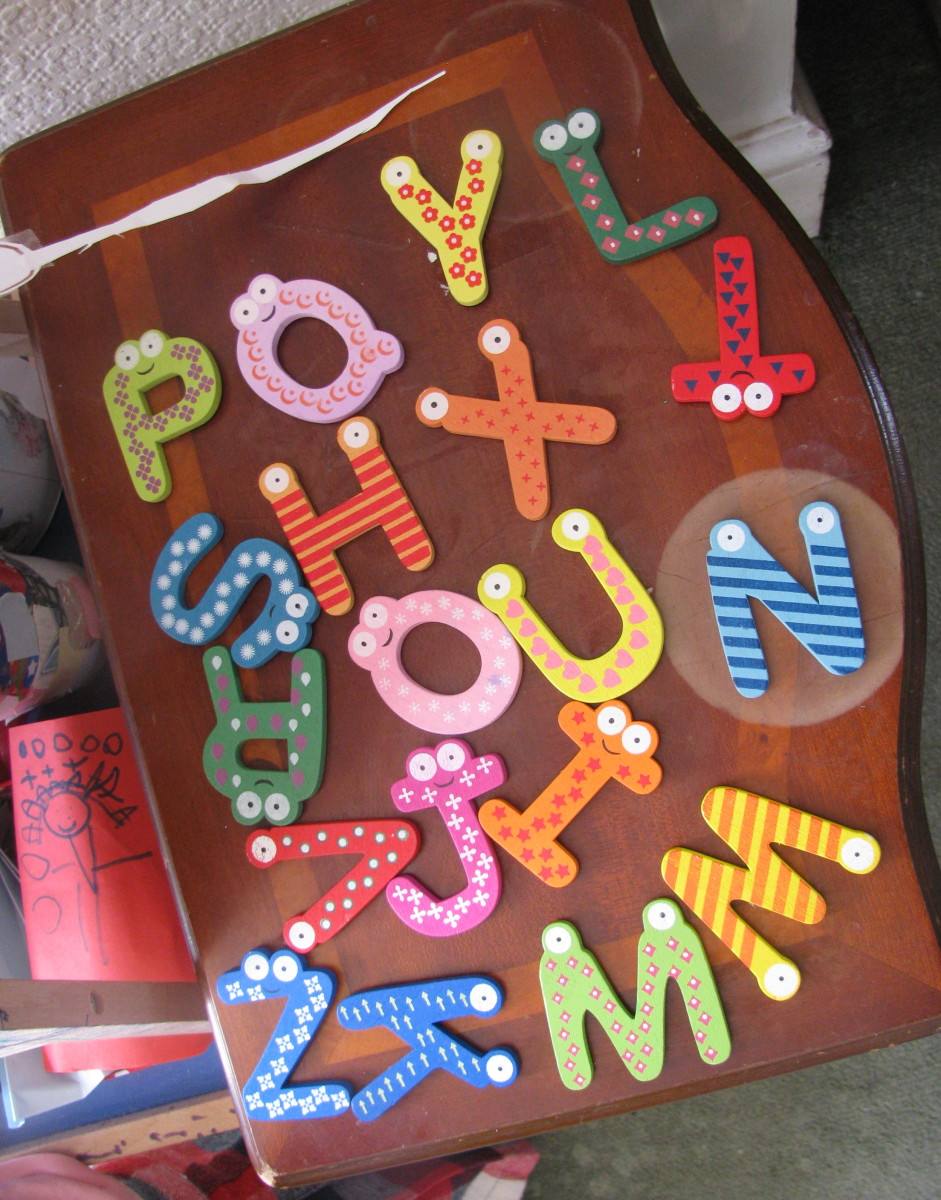Can dyslexia affect a child's maths ability?

What implications does dyslexia have for mathematical learning?
Not all children with a diagnosis of dyslexia will experience problems with maths but a high percentage of dyslexics will struggle for the following reasons:
- Many children with dyslexia have long term memory weaknesses. This will have an impact on their ability to memorise facts and step by step procedures. Early mathematical learning relies heavily on the memorisation of facts e.g. number bonds to 10, 20 and 100 and the times tables from 1 to 12.
- A key marker for dyslexia can be a weakness in working memory. This means that children may find it difficult to hold a question in mind, think about the strategy for answering the question and calculate the answer all at once. The dyslexic child may find that they have forgotten the question before they have managed to arrive at the answer.
- Children with dyslexia often experience sequencing difficulties. This means that they may encounter problems with seeing patterns in strings and numbers. This can be further exacerbated by abstract concepts such as telling the time where there are sequences within sequences i.e. the numbers on the clock read from 1 to 12 but the minute hand moves from 1 to 60.
- Children with dyslexia may have aural perception difficulties. Maths in school often places emphasis on the child's ability to carry out mental maths. The teacher will ask a question and the child is then expected to work out the answer mentally, there is no written work involved. If a child is struggling with aural perception then this can be extremely difficult.
- Visual-spatial difficulties and/or difficulties with left to right orientation may also be experienced by children with dyslexia. This means that they may write numbers in reverse e.g. 21 instead of 12, 32 instead of 23 and individual digits may be written back to front (as mirror images). This problem will be further exacerbated by the fact that when we teach children to read we teach them to read from left to right but the maths strategies we teach them such as column addition teach them to work from right to left. This can be a challenging concept for the dyslexic child.

Maths strategies for dyslexic children
There are many important ways you can support a child with dyslexia who is struggling with maths:
- If you are a parent make sure that you begin teaching your child how to tell the time from an early age. Buy your child a wristwatch and emphasise looking at the time that events normally happen e.g. dinner time, time of TV programmes, bedtime etc. Teach the time slowly beginning with o'clock and half past and then moving on to look at how to read the minute hand. Telling the time is complex and can have its own challenges for the dyslexic child, if you find that your child is still really struggling by the time they go to high school then the best option may be a digital wrist watch.
- Times tables can be a difficult concept for a child with dyslexia as they are usually taught in an abstract, verbal way. If a child is struggling with aural processing then this can compound the problem. Options to try are computer games that show times tables visually or flash cards that you can practice with your child for 5-10 minutes a day. Also teach your child practical ways of working out the times tables e.g. show 2 x 5 as two sets of five dots and then count the dots. Using concrete items such as counters will also help.
- It is of paramount importance that your child learns the basic building blocks of mathematical concepts. The most important basic concepts to teach your child are:
- Number bonds for each individual number from 1 to 10 e.g. 1 + 0 = 1 and 0 + 1 = 1
- Once number bonds to 10 are known, you can then begin to teach number bonds for 20 and 100
- Addition doubles facts to 10 + 10 e.g. 1 + 1 = 2, 2 + 2 = 4 etc.
- Counting forwards and backwards from 100
- Begin teaching your child the days of the week from an early age and remind your child each day what day it is.
- Once your child has grasped the days of the week then begin teaching the months of the year. Keep a calendar somewhere your child can easily see it as a visual prompt.
- If your child struggles with visual-spatial difficulties ensure that they have lots of practice writing numbers especially the teens as they can prove a stumbling block for dyslexic children.








